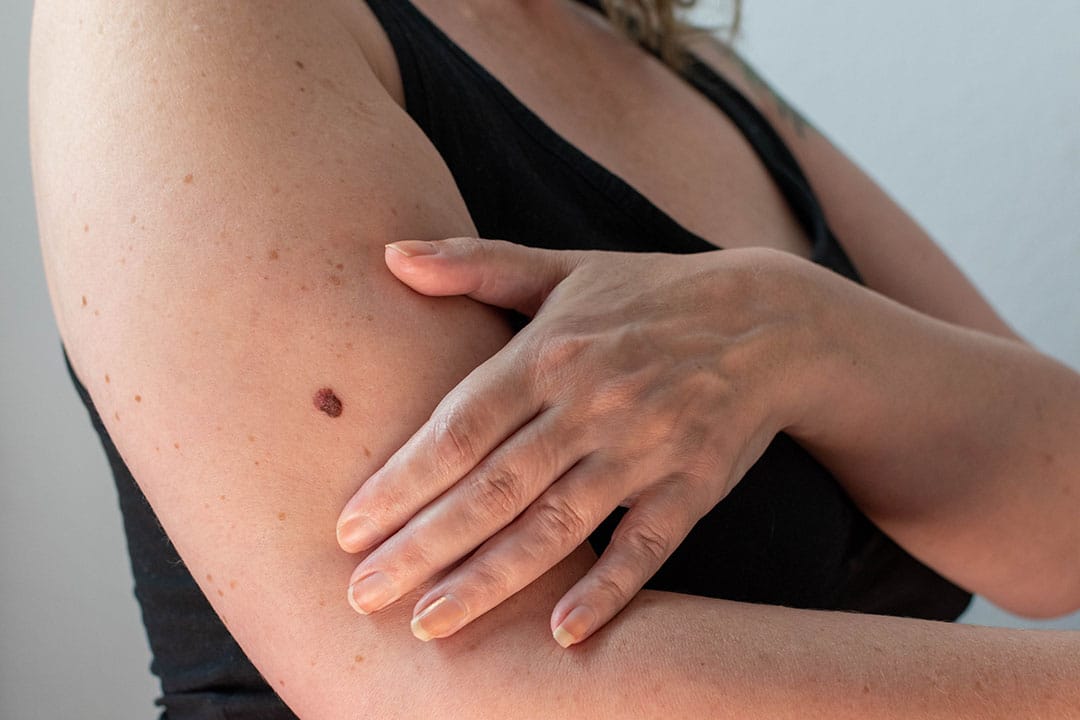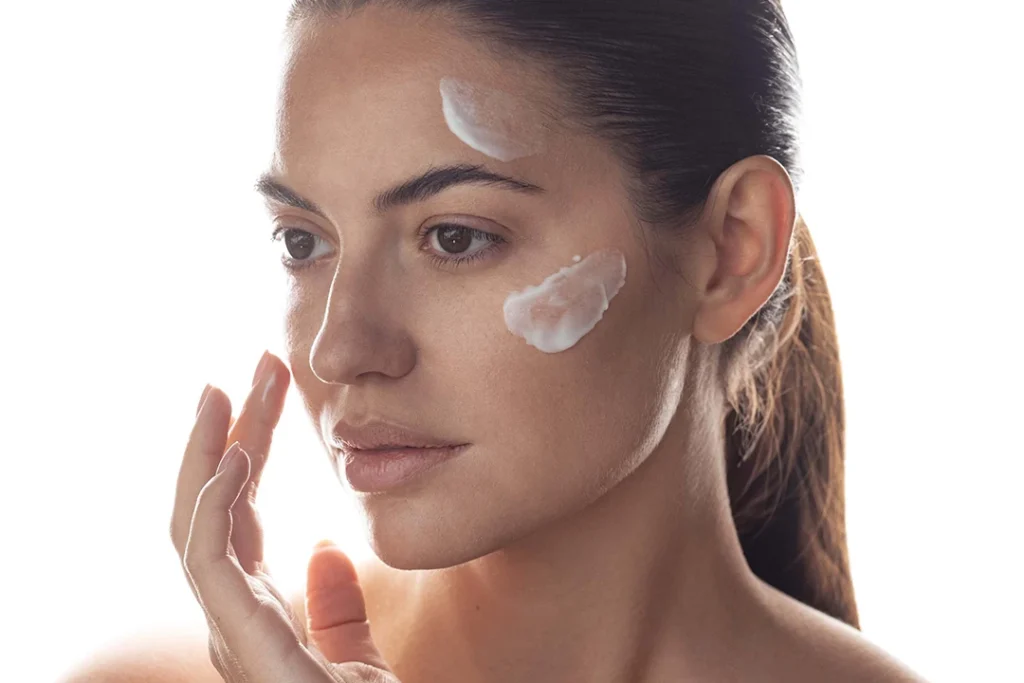Why You Develop Skin Growths and What to do Today
Skin growths come in a variety of shapes and sizes and are due to a variety of factors. Bumps such as a blocked hair follicle can be unattractive, but not dangerous. On the other hand, skin growths that are painful to the touch or are leaking fluid may be the sign of a more serious condition, including skin cancer.
“As part of a complete early detection strategy, we recommend that you see a skin doctor once a year, or more often if you are at a higher risk of skin cancer, for a full-body, professional skin exam,” says the non-profit Skin Cancer Foundation. It takes specialised training to evaluate existing skin growths and monitor their progression. Austin Clinic skin doctors are experts at assessing bumps, lumps, moles, and skin tags, as well as recommending the most effective treatment to regain beautiful skin.
Have you recently noticed any changes in your skin? Has it been more than a year since you had a skin cancer check? If the answer is yes to either or both questions, please call us today. Early diagnosis can improve your chances of recovery dramatically and may make surgery unnecessary in some cases.
Austin Clinic helps skin stay healthy and beautiful with diagnostic testing such as skin biopsies and patch testing. We perform surgical procedures to remove non-malignant and malignant skin growths, as well as non-surgical treatments targeting cosmetic goals.
We use our expertise to identify any skin growths that you may have previously discovered … and those you may have missed. This second point is why it is so vital for you to be assessed professionally. This is true even if you are conscientious about doing self-checks regularly at home. You don’t have eyes in the back of your head and it’s easy to overlook common skin growths, especially the ones on your back and lower torso.
Types of Skin Growths and What They Mean
There are enough different kinds of skin growths to fill a reference book, but some are more common than others. To help you be a good steward of your own skin health, we want to highlight some of the bumps that you may come across:
Angiomas (Cherry Angioma) – Red, non-cancerous spots called angiomas can occur anywhere on the body at any time. These bumps occur when your body creates an excess of capillaries. Though not cancer-causing, they can lead to other medical problems, so bring yourself (and your angiomas) into Austin Clinic for a thorough exam.
Cysts – A cyst is the name given to an abnormally enlarged pocket that develops under the skin. When the pocket becomes filled with pus or other fluid, it pushes the skin up into a cyst. Cysts occur all over the body and may become quite tender to the touch. Treatment can relieve the problem.
Dermatofibromas – These non-cancerous growths are usually found on the lower legs. Treatment is not required unless they are painful, tender, or itchy.
Lipomas – This non-cancerous lump is caused by a small overgrowth of fat cells located just under the skin. Lipomas feel doughy or rubbery to the touch and are most likely to affect older adults. Though non-life-threatening, their size can make them problematic and require treatment.
Keratoacanthomas – Blame the sun for these low-grade, fast-growing tumours that are likely to target sun damaged and/or hair-bearing skin.
Milia (Milk Spots) – Milia, like cysts, occur when under-skin pockets become clogged. These bumps occur when skin flakes are the trapped substance. Milia is commonly seen in infants and mature women. Simple treatments can help.
Skin Mole (Nevi) – Some of us are born with skin moles, some of us develop them over time. They are slightly raised and while many moles have pigment, others are the same colour as the surrounding skin. Nevi can be on your skin from birth, or they can develop during adulthood. Most moles do not become melanoma skin cancer, but they should be assessed.
Sebaceous Hyperplasi – If you thought breakouts were limited to your teenage years, think again. These spots are found on the faces of middle-aged and elderly people, the result of non-cancerous growths of the oil-producing glands on the face of middle-aged to elderly people. These bumps can be alarming as they may resemble basal cell carcinomas, so be sure to visit Austin Clinic so we can diagnose them for you.
Seborrheic Keratoses – Known as liver spots, age spots, and worse, seborrheic keratoses are non-cancerous skin. (Verrucous Acanthomas are large, thick versions of seborrheic keratosis.) These unsightly skin discolourations appear later in lipomas and, like those growths, may change and become problematic. For this reason, they should be evaluated professionally on a regular basis.
Solutions for Raised Skin Growths on Face and Body
“Treatment for raised skin bumps depends on the underlying cause,” says evidence-based website Healthline. “Most of the common causes of skin bumps are harmless, so you probably won’t need treatment. However, if your skin bumps are bothering you, you might be able to have them removed for cosmetic reasons.”
Here are some of the solutions for skin growths offered at Austin Clinic:
Radio-wave technology (Ellman Surgitron) – An electron loop gently shaves away moles layer by layer.
Photodynamic Therapy – PDT combines light energy and a photosensitising drug. The 2-step process is designed to destroy cancerous and precancerous cells and is also effective for skin rejuvenation.
Cryotherapy – The extreme cold of liquid nitrogen is harnessed to freeze and destroy skin lesions that are benign (non-cancerous). It is effective at treating scaly, pre-cancerous surface skin and is prized for its ability to reduce scarring.
Topical Treatments – Though almost replaced by PDT, topical treatments can be useful for removing skin growths, and cost-effective too. The length of the treatment period, prolonged skin irritation, and a longer healing period make this approach less popular, but it is effective and remains an option.
Medical Skin Checks at Austin Clinic
Austin Clinic is proud of the patient experience we provide. We specialise in comprehensive care for common and uncommon skin conditions, and also use our training and skills to advance cosmetic goals. Our passion for the science of skincare is matched by our compassion for our patients. Our only goal: satisfaction.
If you have a question or are ready to schedule the annual skin cancer check-up you may have been putting off, we make it easy to book online.




